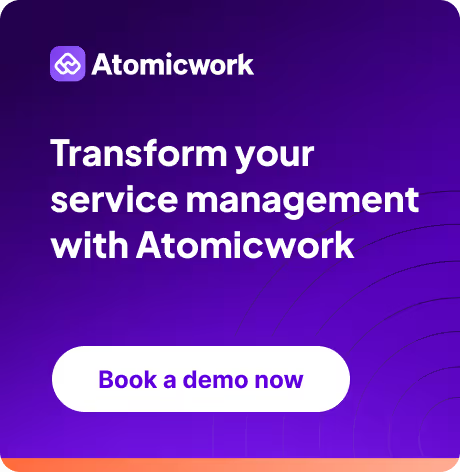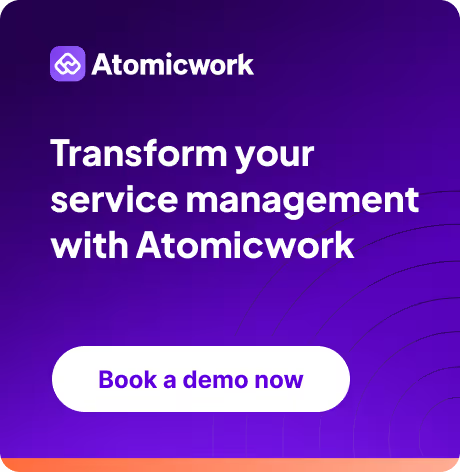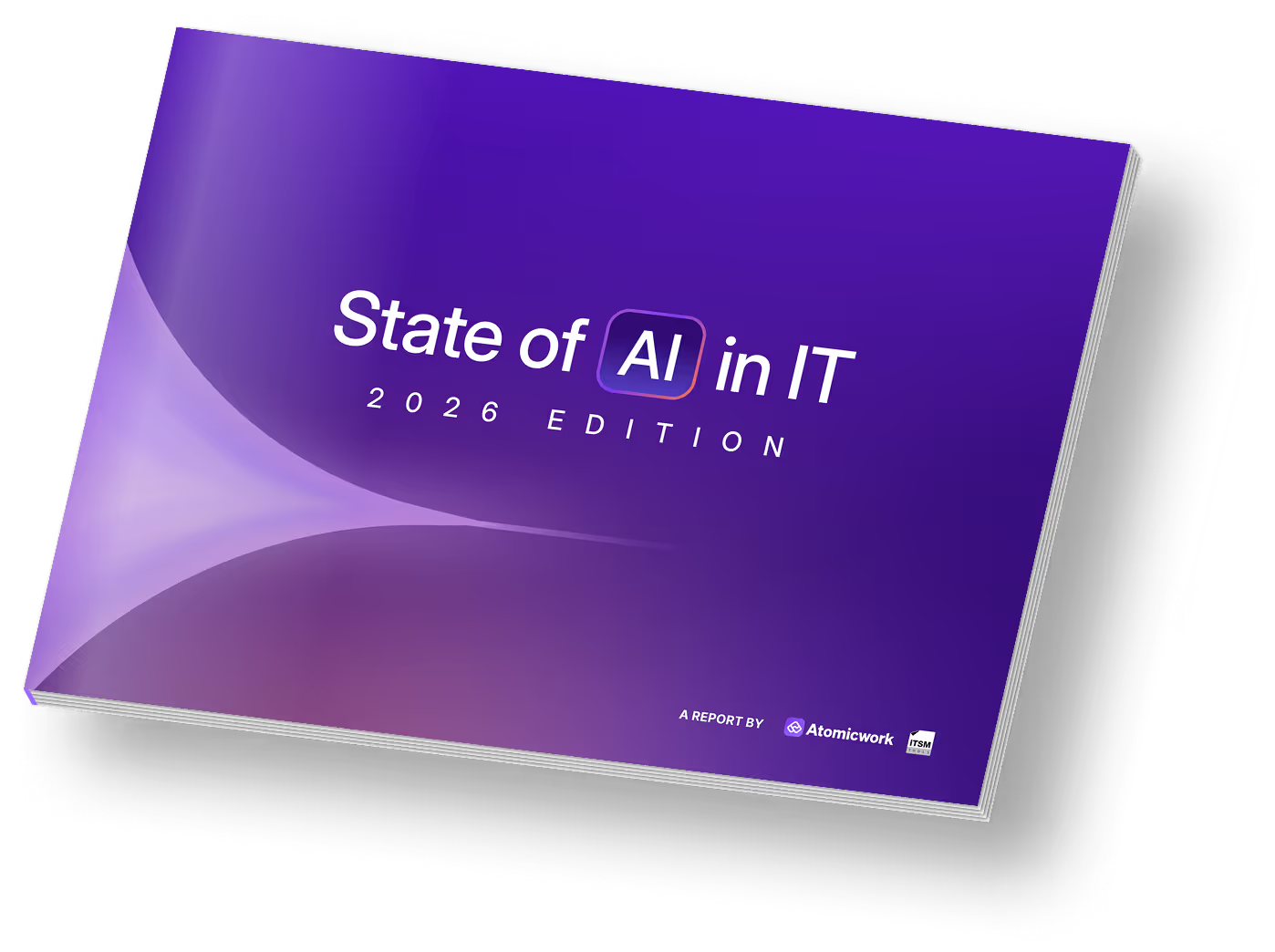5 remote onboarding best practices from OysterHR
.avif)
When this author asked Kim Rohrer what good employee onboarding should be like, Kim compared it to the first day of school.
"I’ve been at companies where the first day was like, 'Here’s your desk, here’s your laptop, see you later' and I’ve been just sitting there like, 'Um, how do I get to the wiki? Am I expected to respond to emails right away when people send them? What should I put on my Slack profile?"
This author can’t remember what the first day of school was like but she does remember her first days at every single job she’s ever had and it was extremely nerve-wracking even when she knew a lot of people at her new gig. Remote first days are somehow even more nerve-wracking than showing up to your new work on your first day.
"People are just expected to just jump in right away and be productive, but the first day, week, even two weeks should be all about input. It’s like Maslow’s hierarchy of needs. Everyone has the same basic psychological need to feel included and understood, and to know what’s expected of them. That has to come first. Otherwise, they won’t feel safe and secure and that’s the greatest mistake."
Kim Rohrer, Principal People Partner at Oyster, gets it. She might get it more than most people because Oyster, much like its customers, is a globally distributed team. This means that, unlike a lot of other firms, she does not have the luxury of falling back into pulling people into a cafeteria and giving a speech when she wants to get a message across.
Oyster is a global employment platform that lets businesses hire, pay, manage, and take care of their globally distributed team with ease. Non-traditional businesses often demand non-traditional ways of work - for example, Oyster, a 600+ member company, doesn’t have an HR services center with an HRBP model.
Instead, it’s supported by a workplace team of 30 people which includes recruitment, IT, people experience, people partners, and workplace design. Leaders across the company work directly on recruitment, engagement surveys, and performance management with the people experience team. As Principal People Partner (”It’s like a Principal Engineer but for People Stuff” as Kim described in her LinkedIn bio), Kim supports both senior leaders at Oyster, and programs like DEIB, employee experience, and internal communications.
Aside from her work at Oyster, Kim has 10+ years of experience being a VP of People at Disqus and Stride Health, as well as a diverse and eclectic background in writing, studio management, production coordination, theatre, and administrative work. We discussed onboarding, the first days of school, and dish etiquette.
Idea 1: Scale employee onboarding by automating what can be automated
Automate the things that can be automated so you have time to focus on the tasks that require a more personal touch. If your staff is focusing on mechanical administrative or operational tasks, they can’t focus on the human connection that’s so important during onboarding.
"We started by building this ideal state of how we want onboarding to feel. This is how we want people to experience it. These are all the different touch points we want to have. This is what we want people to learn during onboarding and this is how we want to measure success."
Milly Parker from the People Experience Team drew out the desired workflow on Miro and identified opportunities for both automation and a personal touch.
For example, she built personalized emails on their HRIS, HiBob, with dynamic variables like the person’s name, the department, their onboarding partner, their buddy, and manager, and introduced variations for different teams. The email feels personalized but it comes from an automated system. This saves time for things like coordinating individual connections with leadership or their onboarding buddy.
Idea 2: Think of the format
As content is added to the Oyster employee onboarding flow, the team works on the format for every piece. Some of it is pretty straightforward - a video of their values and how they were created from their 2021 virtual summit was reused as is. However, for many pieces, the approach was very intentional and a lot more nuanced than sorting pieces into piles of “This is something written” and “This is something live.”
"We try to keep the live stuff for personal connection. It’s hard because there’s so much information coming at people and when you’re in an async or distributed model, you can’t go around pulling everyone into the cafeteria to give a speech. You have to create compelling written and recorded content."
If it’s information that is delivered one way but needs interaction to come alive, it becomes a live session. Otherwise, it might be a video or a written document that is added to the automation process in their HRIS. Some videos become must-watch content with the player controls for skipping disabled. Once someone watches a video, the next step is unlocked. There is a preview of the rest of the program so people know how much time to put aside for onboarding.
The people experience team regularly reviews the data and checks in with new hires and managers if people are getting stuck in the process.
"Knowing is half the battle. Before we automated onboarding, we had a Notion checklist that was super long. It can be really hard to keep up with your onboarding tasks once you get into the swing of working, so we decided to automate the process and deliver content at a manageable pace, with reminders and nudges along the way."
Idea 3: Make your employee onboarding feel like a project at work
Every new hire cohort is put in a Slack channel together, so that they have a place to connect as a group. The cohort is set up with a series of synchronous (new hire chats with the CEO or President) and asynchronous content that they can watch and talk about together in the Slack group.
"Onboarding is a great opportunity to get them used to the way we work, which is very different from the way a lot of people are used to working. It takes time to adjust to having to do so much in writing and not defaulting to meetings - to know when to communicate async by passing a document or Slack message around the world."
The Oyster team also tries to add a combination of different multimedia experiences - written documents, pre-recorded content, live sessions, and open async Slack channels. People learn in different ways so having different ways to access the same content is important. Important information also bears repetition and Kim considers the availability of the same content in different forms, as low-hanging fruit.
"It also makes for a more dynamic experience. If all you do during the first two weeks is sit through online training, that’s not only boring, but it’s also not reflective of how we work. Making your onboarding feel like a project that they’re participating in makes for a better experience."
Idea 4: Leave nothing up to assumptions
With each new hire, you have an opportunity to nudge your culture in the direction you want it to go by teaching them about the company you want to be.
"Culture is going to happen whether you do something or not. And so if you want your culture to be a certain way, you have to be intentional about it. And part of that intention is “how do you get new hires to participate?"
Kim’s favorite new hire onboarding story harkens back to when she was in an office environment and they had issues with people leaving their dishes in the sink and not doing them. What she learned was that once they started calling out dish etiquette in new hire onboarding as an expectation and they had about as many new hires as old hires, the dishes were getting done. They had a critical mass of people who learned that a part of their culture was that everyone did their dishes.
"If you don’t communicate the little things explicitly, they observe that 'if you have a dirty dish, you put it in the sink' ideology from other people. Take the dirty dish metaphor and apply it to everything. That’s one of the ways you build a culture - telling people what the traditions and norms are."
Oyster’s onboarding takes it a step further by including asynchronous work training modules in their program. They have a Slack training module, Zoom training module, Loom, Notion, and so on. One part of it is a basic guide to the product itself for people who are not familiar with it but the other part is very specific to how Oyster uses Slack/Zoom/Loom.
"Bringing someone into your team involves critical foundation building for their career at the company. It’s crucial to whether the new hire can see themselves in this place long term. If you skip the first step and jump straight into work, they’re going to be overwhelmed by the amount of stuff they’re asked to understand. It takes them even longer to get up to speed because they’re still catching up on social norms and communication norms."
Kim reckons that a lot of new hires have to spend more time than they should on just figuring out the basics (”Maslow’s hierarchy of needs!”) based on what other people are doing instead of being told what the expectations are. This can translate into a lack of psychological safety and lead them to even doubt something as basic as Slack usage. Should they use an emoji? What’s the culture with respect to custom emojis? Would their manager think they’re being silly? It’s a level of discomfort you wouldn’t want someone to feel 90 days into their new job.
Idea 5: Spread out your onboarding; it’s not just day 1
At a lot of companies, employee onboarding lasts until the new hire is done with their paperwork. This usually happens because there’s a resource crunch, and most managers make the mistake of waiting to hire till they feel the pinch. This means the pinch is passed onto the new hire when they join until they’re ramped up and contributing.
This is often the first battle, according to Kim. Setting the expectation that the new hire will largely be onboarding, and not contributing to other work, for the first two weeks is crucial and integral to their development.
"There's a lot of research out there that shows that people decide in their first two weeks whether they want to stay in the company or not. So, the first week should be all input, focused on helping them learn as much as possible. Their only output should be introducing themselves to the team."
At Oyster, the team tries to put most of this learning into the first 2 weeks and then, tapers off the program so that you’re not expected to engage as much in week 5 as you would in week 1. By week 3, it’s a synchronous session with the rest of the cohort. Week 4 only involves a coffee catchup with the CEO. The entire program runs for 90 days because it takes about that much time for someone to feel settled and work on something but the workload tapers off dramatically. The 90th day is just the last checkpoint for the onboarding survey.
On day 100, the team sends out an email (aptly titled “100 days at Oyster”) to congratulate the employee on reaching 100 days, to check in on how things are going, and to ask if they’d like to become a new hire onboarding buddy for others. It also encourages the new hire to post their experience on Glassdoor, favorable or not. This makes sure that reviews get posted on Glassdoor periodically without it being a deluge over a few days and then, nothing for months.
"We have high favorability scores on our new hire onboarding. We ask (in a survey cadence through Culture Amp) questions about whether they feel supported by the workplace team and their manager, whether the job they’re doing aligns with their expectations based on their interview process, and whether they understand their work and team. We have really consistently excellent scores, which tells us that people are responding well to this level of care."
Frequently asked questions

Faq answer paragraph

Faq answer paragraph

Faq answer paragraph

Faq answer paragraph

Faq answer paragraph

Faq answer paragraph

Faq answer paragraph

Faq answer paragraph

Faq answer paragraph

Faq answer paragraph
You may also like...


































